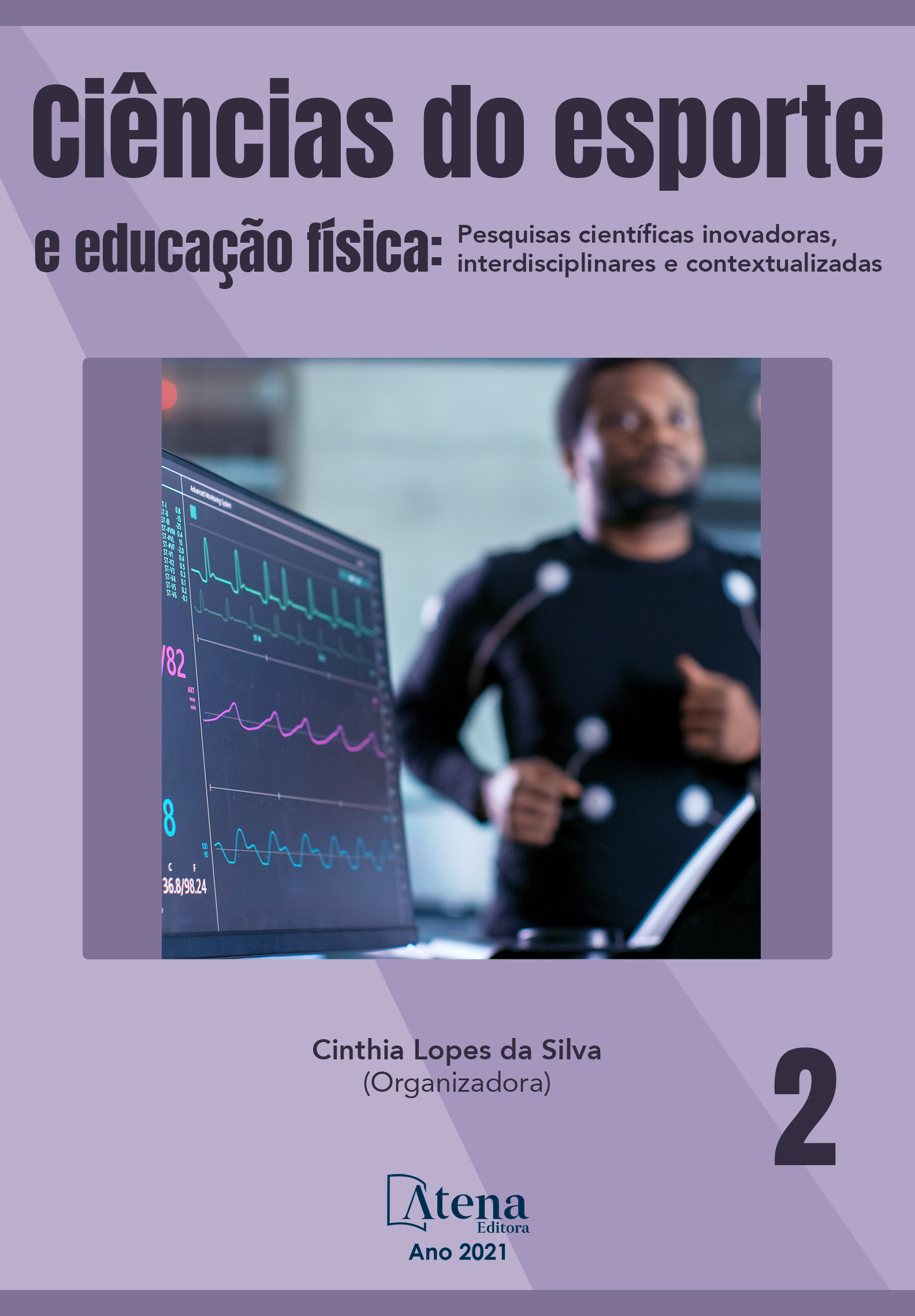
DESEMPENHO ANAERÓBIO DE JOGADORES DE FUTEBOL POR DIFERENTES POSIÇÕES: UMA REVISÃO DE LITERATURA
Os jogadores de futebol apresentam diferenças na capacidade anaeróbica pelas suas posições no campo. A partir do posicionamento do atleta em campo, algumas características são observadas na sua evolução durante o jogo, de modo a contribuir com seu rendimento individual e coletivo da equipe. Assim, o objetivo geral foi analisar o desempenho anaeróbio de jogadores de futebol por diferentes posições, bem como os específicos, de observar o desempenho anaeróbico dos jogadores de futebol; descrever quais posições apresentam o melhor desempenho anaeróbico e identificar os principais testes utilizados para avaliar o desempenho anaeróbio no futebol. Nesse sentido, para alcançar os objetivos foram realizados uma revisão de literatura da temática a fim, através de pesquisas em fontes bibliográficas, como artigos, periódicos e outras bases, como o Google Acadêmico e Portal Scielo, considerando os materiais nos idiomas português e inglês, conforme critérios de inclusão, como estudos com jogadores de futebol do sexo masculino, bem como a inclusão de todas as categorias de times. Analisando a literatura escolhida, constatou-se que os questionamentos sobre a questão do desempenho anaeróbio nas diferentes posições do futebolista chegaram à conclusão, que as posições em campo influenciam no desempenho do atleta. Portanto, dentre os testes utilizados, se destaca o Sprint Teste (RAST), que de forma rápida, simples e de baixo custo avalia o desempenho anaeróbio do indivíduo. Sendo assim, é perceptível um melhor desempenho anaeróbico de jogadores de futebol por diferentes posições, tal como é notado nos jogadores laterais direitos.
DESEMPENHO ANAERÓBIO DE JOGADORES DE FUTEBOL POR DIFERENTES POSIÇÕES: UMA REVISÃO DE LITERATURA
-
DOI: 10.22533/at.ed.8572116117
-
Palavras-chave: Desempenho anaeróbio. Jogadores de futebol. Posições em campo.
-
Keywords: Anaerobic performance. Soccer players. Field positions.
-
Abstract:
Soccer players show differences in anaerobic capacity due to their positions on the field. From the athlete's position on the field, some characteristics are observed in their evolution during the game, in order to contribute to their individual and collective team performance. Thus, the general objective was to analyze the anaerobic performance of soccer players in different positions, as well as the specific ones, to observe the anaerobic performance of soccer players; describe which positions have the best anaerobic performance and identify the main tests used to assess anaerobic performance in soccer. In this sense, to achieve the objectives, a literature review on the subject was carried out in order, through research in bibliographic sources, such as articles, journals and other databases, such as Google Academic and Portal Scielo, considering the materials in Portuguese and English, according to inclusion criteria, such as studies with male soccer players, as well as the inclusion of all categories of teams. Analyzing the chosen literature, it was found that the questions about the issue of anaerobic performance in the different positions of the soccer player reached the conclusion that the positions on the field influence the athlete's performance. Therefore, among the tests used, the Sprint Test (RAST) stands out, which quickly, simply and inexpensively assesses the individual's anaerobic performance. Thus, it is noticeable a better anaerobic performance of soccer players for different positions, as it is noticed in the right lateral players.
-
Número de páginas: 12
- José Hildemar Teles Gadelha
- José Laertes Ribeiro Brandão
- Wenyo Alves de Oliveira


